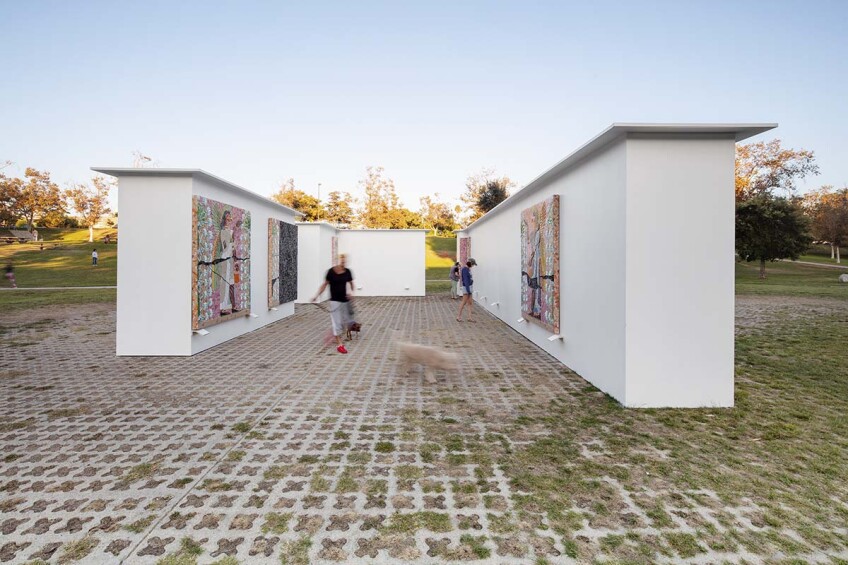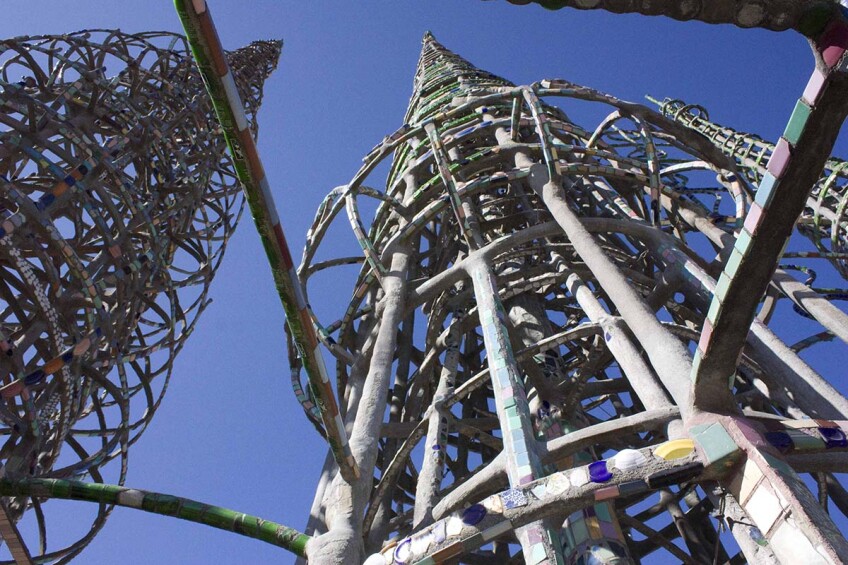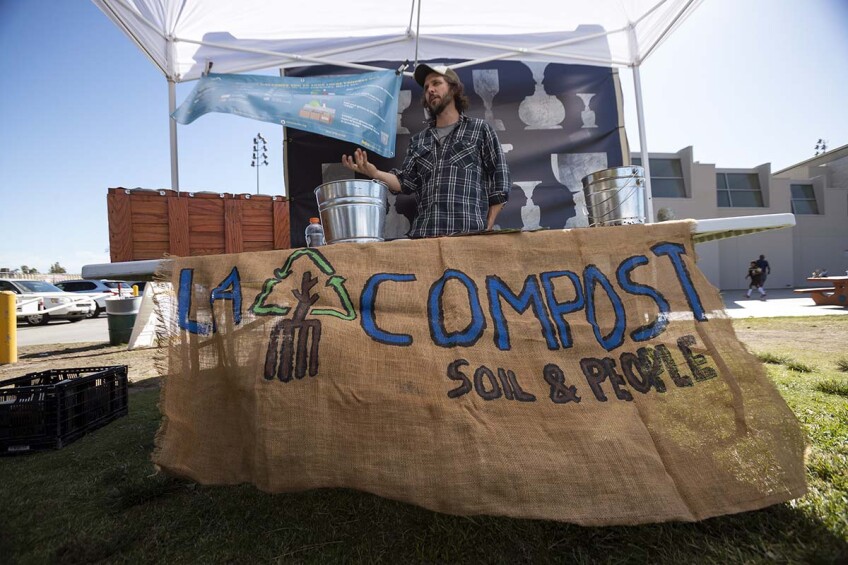What Is the Role of Public Art in Creating a Sense of a City?

The first artworks would probably be considered public art today; the murals on the cave walls in France and Indonesia were almost certainly meant to convey a message to anyone who saw them. As art developed with modernity, public art became mainly celebrations of the body and memories. For centuries, public art was expressed through bas-reliefs on buildings in Rome and Egypt or bronze or marble statues of gods, athletes, historical figures and war heroes.
In America, publicly-funded public art was mainly dedicated to bronze monuments of war “heroes” and presidents etched onto mountains (Mount Rushmore was approved in 1925).
But public art in America has changed a great deal in scope and scale since the 1930s, when President Franklin Delano Roosevelt’s New Deal art programs resulted in the development of “Percent for Art” programs — a still-used funding practice where developers have to set aside a certain small percentage of their budgets for new buildings to go to public art. Until today, this is still one of the mechanisms for funding public art.
Public art benefitted from these new sources of revenue, opening up the venue to new ideas and functions. Artists like Henry Moore, Louise Bourgeois, Isamu Noguchi, Maya Lin, Mark di Suvero explored the various abstracted forms and materials of sculpture; Allan Kaprow, Carolee Schneemann and Claes Oldenburg developed “happenings” or public performances; while biennials and triennials, modeled after the Venice Biennale, allowed for new viewing models.
These days, public art can encompass any of these things — murals, performance, sculptures — and can be either permanent or ephemeral. There are planned parks like the High Line in New York or public art triennials like CURRENT:L.A. in Los Angeles. But one thing that hasn’t changed throughout history is that public art will often reflect the nature of the space or geography it inhabits. The cave paintings and bronzes were often representations of locality, as much as Judy Baca’s iconic murals of Los Angeles life or Carolyn Pennypacker Riggs and Annie Gimas’s “All Again: two performance,” a “compost opera” that took place during the CURRENT:LA Food triennial, which took place October 5th through November 3rd in 2019. Food was the second edition of the CURRENT:LA public art triennial, a themed, month-long event enacted by the L.A. Department of Cultural Affairs (DCA) that brings temporary contemporary art projects into public spaces.

Felicia Filer, the director of the Public Art Division in the Department of Cultural Affairs, sees public art — and in particular the CURRENT:LA triennial — as a way of reflecting the city back onto that general public.
“I actually think that public art should reflect the locality within which it is placed,” Filer says. “Because that reflection establishes the beginning of a long, sustained, multi-generational conversation between the city and its artists.”
Back in 2014, I interviewed Michael Ned Holte, the curator of that year’s Made in L.A. biennial at the Hammer Museum, for “Artbound.” His view was that L.A. was an interesting place to represent publicly, as it changes drastically from neighborhood to neighborhood, a phenomenon he termed “microclimates.”
"When I first moved to L.A., I was interested in the fact that a city known for its great weather would actually have an incredible range of small climatic conditions,” he said. “I felt that was true of what I was seeing in artists' studios, going from Inglewood to Eagle Rock to Arcadia — art that responded to a very local context, but all somehow seemed to fit together and form some kind of idea of what Los Angeles is. Radically different ideas about art making are somehow able to coexist peacefully."

Asuka Hisa, Director of Learning and Engagement at the Institute of Contemporary Art, Los Angeles (ICA LA), and co-curator of CURRENT:LA Food with her ICA LA cohort Jamillah James, concurs with the sentiment that not only can public art be a reflection of a vast and varied city, but that it can be a moment of education and solidarity.
“If you're going to see something in your city, it's reassuring or validating if somebody's doing art about your city or it's an L.A. artist,” says Hisa. “Especially in a city like Los Angeles where it's a lifetime of work to get to know this city. It's not easily harnessed. People, at least in my experience, are always interested in knowing more about Los Angeles.”
Where contemporary public art often finds its magic is in its surprise. Away from the intentional privacy of museum and gallery-based art, public art is meant to be stumbled upon by the titular public. A sculpture in a park is meant for all goers to that park, not just those interested in art. A performance can be intentionally attended or happened upon.
I remember the first time I happened upon Watts Towers, Simon Rodia’s early 20th century marvel, when a friend pointed it out to me while we rode the Metro Blue Line to Long Beach. Or when I first peeped Chris Burden’s 2008 sculpture “Urban Light” outside of the Los Angeles County Museum of Art, filled with wedding parties taking pictures and other people who might not necessarily be going into the museum.

It’s within that tension between the artist and the broader public — those who might not necessarily hit up a performance or art space — that Carolyn Pennypacker Riggs finds the most gratification. A diverse audience (who were invited to participate) took in Riggs’s collaboration with Gimas, a choral and dance performance that touched on themes of food access, waste and regeneration through composting. And it happened to be of interest to a surprising group of people who wandered over from another side of the park.
“Reaching people who are just like not expecting to see some performance art who are at the park for their kids’ soccer game — that was the most exciting for me,” says Riggs, who uses costuming, music, and movement and to foster engagement, empathy, and education. “These folks participated and some stayed for both performances.”
The fact that Riggs’ performance happened out in Van Nuys — a place in the San Fernando Valley that might not necessarily be an art center of Los Angeles — is partly the point for Filer. Whether you’re in Pacoima, a working class neighborhood in the Valley and home to Mural Mile (a stretch of Van Nuys Boulevard with nearly three dozen large-scale murals on the sides of its buildings) or standi ng in front of Yayoi Kusama’s “Hymn of Life: Tulips” in the Beverly Gardens Park in Beverly Hills, Los Angeles is a city defined by its geographical broadness. It is a city that must be fully traversed through its various neighborhoods and districts to fully understand.
Click left and right to see images from the rehearsals organized by Carolyn Pennypacker Riggs and Annie Gimas:










“In the case of the public art triennial CURRENT:LA, it directly takes Los Angeles as its primary consideration of what the triennial is exploring and it takes into consideration L.A. in terms of how Los Angeles informs our structure and framework of the triennial,” Filer says. “That is why there are 15 artworks and 15 public programmers located in public spaces in 15 council districts, and the artists must also represent the broadest ethnic and gender diversity of the city, because that's how L.A. operates.”
And, says Danielle Brazell, the general manager of the Department of Cultural Affairs, public art can be a driver for civic economic vigor.
“Because cities realize that place-based [artwork] attracts and becomes iconic for a city so it's very much about demonstrating both economic wealth and vitality, as well as attracting more businesses and more people to the city right it's a way of enhancing the public realm,” Brazell says.
And to bring it into our current moment, we may be experiencing a shift in how we encounter public art in the public realm in Los Angeles. Public art, by definition, requires the gathering of bodies, and with the current COVID-19 global pandemic, arts as a whole, and public art in particular, are at a crossroads.
“Maybe the more intimate wings of experiencing, maybe that allows for us to take a more micro-climate approach to disseminating and presenting and producing artwork,” says Brazell. “Maybe we do more performances with more artists, less audience. Maybe we diversify the way in which the work is presented, from virtual and real time and space.”
Carolyn Pennypacker Riggs, for one, is champing at the bit for public-based art and performance to come back. She also thinks the work will change in the future, and has been planning virtual performances with the Community Chorus that, pre-COVID, met bi-monthly at the Women’s Center for Creative Work in the Frogtown neighborhood of Los Angeles.
“I'm excited to see if performances [and art happenings] will creep back in or if it'll all be like, 'Boom. It's the first week back, and there's 40 things that have been postponed and are all happening at once,'” she says with a laugh. “But, but yeah. I mean, it has brought a spatial awareness that we did not have as Americans. As L.A. people who are not used to being crowded, or like are having to think about their distance from other people. I think that will make performance better in the future.”
Top Image: A woman looks up to appreciate the Watts Towers, circa 2011 | Carren Jao




